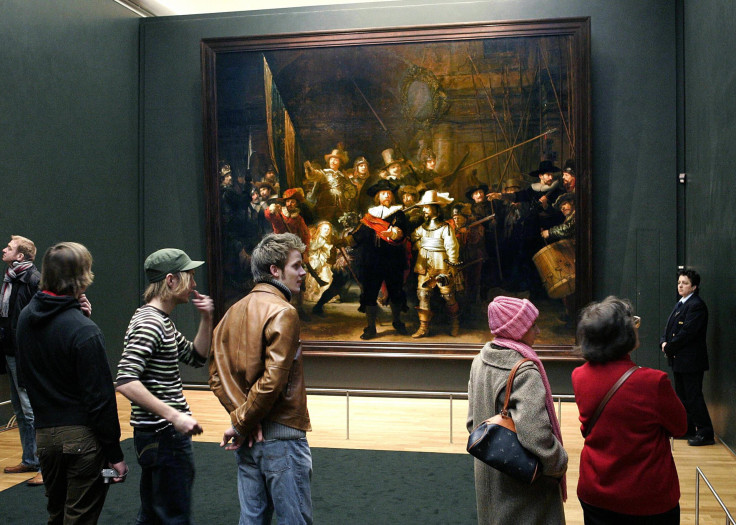Win $10 Million, Help Boston Museum Solve 1990 Robbery Before New Year

A museum in Boston, Massachusetts, is offering a prize money of $10 million to anyone who can provide information regarding an array of stolen masterpieces worth $500 million. The validity of the offer ends on Dec. 31.
Thirteen works of art — including paintings by Degas, Manet, Rembrandt and Vermeer — were stolen from Isabella Stewart Gardner Museum in 1990, none of which the FBI have managed to recover over the years, New York Daily News reported.
The attractive prize money is the latest desperate attempt by the museum to look for worthwhile leads that can point the detectives toward the culprits. Museum spokeswoman Kathy Sharpless said: “Right now we're laser-focused on this deadline. Clearly there's a sense of urgency on our part. We want our paintings back."
"We're really not interested in theories as much as in good credible information and facts," she added. "It only takes one good piece of information to help solve this puzzle."
For the past many years, the museum had kept the prize money at $5 million. However, when no one came forward with any helpful leads, they doubled the sum offered on May 2017. Even then, there hasn’t been any progress when it comes to finding useful leads.
Dutch art sleuth Arthur Brand, who worked with European investigators to recover other stolen artefacts, said he was working a theory that might be the answer to finding the stolen arts.
"I said from the beginning if it's not solved by the first of January it will become ... less likely that it will ever be solved," Brand said. "We are getting closer. There are so many people working on it that in the end the truth will come out — I'm absolutely certain about that. The only question is, do the paintings still exist?"
Two men disguised as Boston police officers entered the museum on March 18, 1990 by duping the guards, leading them to believe that they were responding to a disturbance call. The thieves then tied up the guards and locked them inside the basement as they made off the stolen art.
The trail went cold after the FBI told media outlets in 2015 that their two top suspects in the case were deceased. The only other person of interest in the case was 81-year-old Robert Gentile, a well-known Connecticut mobster. However, the particular lead also turned out to be a dead end after FBI agents searched his residence in Manchester several times and came up empty-handed.
Regardless of that, Gentile still remains the best bet of the federal agents as there were rumors that he was in possession of more than one of the pieces of the stolen art, if not all. Authorities said Gentile talked about the stolen items with his fellow prisoners when he was in jail. Not only that, an undercover FBI agents claimed that Gentile also apparently said he could arrange the sale of two of those items for $500,000.
Authorities suspect that the stolen artefacts had changed hands through mob circles and was transported to Connecticut and Philadelphia. Since the theft happened more than 20 years ago, the statute of limitations on crimes associated with the actual theft, which is five years, has expired. This means that even if the thieves were to get caught at this time, they would not be prosecuted for their crimes.
However, FBI has remained tight-lipped about whether the thieves in question would be granted blanket immunity if they were to turn themselves in. All they said was that they were willing to consider immunity for the person out of them who would help them recover the stolen art.
Among the stolen items are Rembrandt's only known seascape, "Christ in the Storm on the Sea of Galilee," and Vermeer's "The Concert.”
© Copyright IBTimes 2025. All rights reserved.






















